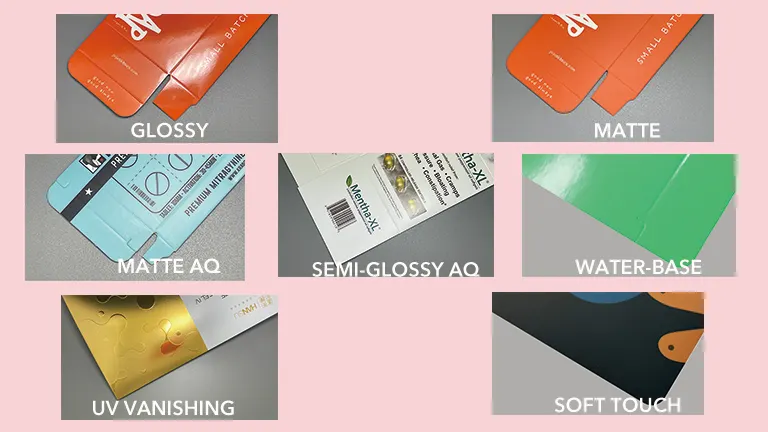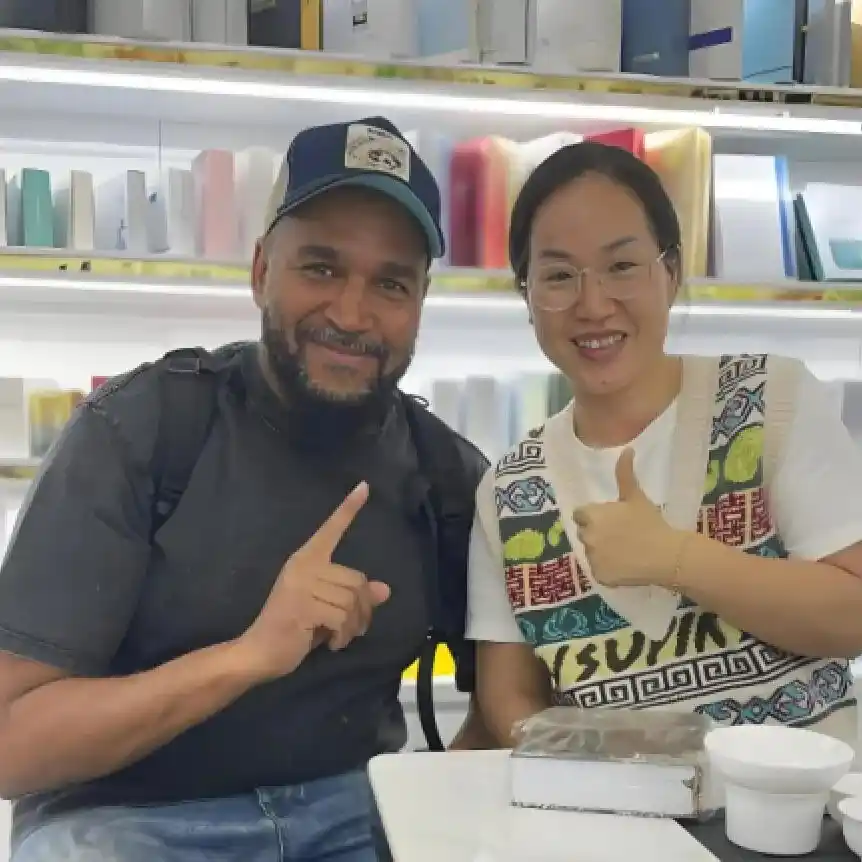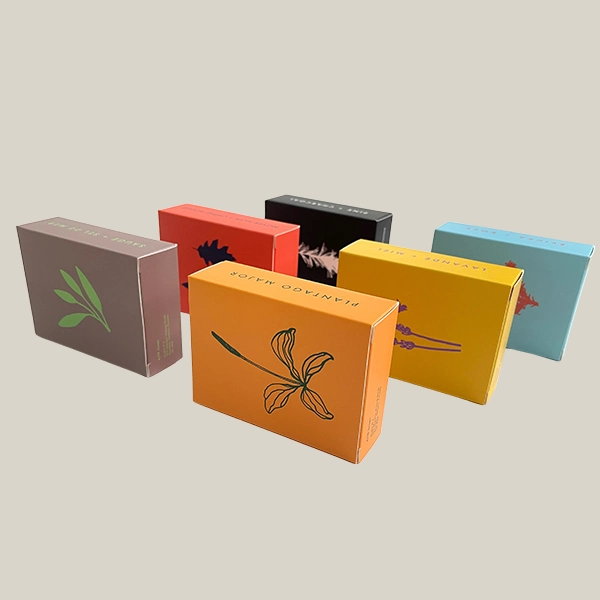I’m tired of seeing paper tear too easily. Are you? Lamination adds a protective layer to fix that.
Lamination bonds a thin film to surfaces like paper, boosting strength, waterproofing, and appearance for various uses.
Keep reading below to understand lamination’s role in everyday life.
How Does Lamination Work?
I hate when my notes get ruined by spills. Do you? Lamination protects them with a simple process.
Lamination uses heat or glue to press a film, like plastic or bio-based material, onto paper or other surfaces.

Lamination Process Diagram
Let’s explore how this happens. I’ve always been curious about how things are made stronger. Lamination starts with a base—like paper or cardstock. A thin film, often plastic, gets layered on top. Machines use heat to melt glue or pressure to stick it without heat. The film fuses to the surface, creating a shield. I’ve watched this process in action—it’s fast but precise. The result? A smooth, tough finish that resists wear.
What Makes the Process Effective?
The magic lies in bonding through heat and pressure 1. Heat softens the film, letting it grip the paper tightly. No gaps mean no water or dirt sneaking in. But it’s not perfect. Too much heat warps thin paper. Too little, and the film peels off. I’ve seen both happen with old projects. The choice of glue or adhesive also affects durability 2—some are sticky forever, others weaken over time.
Does the Base Material Change Things?
Yes, it does. Paper handles lamination well because it’s porous—glue sinks in. Non-porous materials like metal or wood? Trickier. They don’t absorb, so the film relies on surface grip. I’ve noticed thicker bases hold up better under pressure. Thin ones buckle. It’s a balance—strong enough to protect, light enough to use.
Can It Fail?
Absolutely. If the film’s too thick, it cracks. Too thin, it tears. I’ve ruined a poster by rushing the process—bubbles formed under the film. Humidity messes it up too—wet paper rejects the bond. It’s a reminder: lamination looks simple, but details decide success.
| Factor | Impact | Challenge |
|---|---|---|
| Heat | Bonds film | Warps thin bases |
| Glue | Holds long-term | Weakens if cheap |
| Base | Affects grip | Non-porous struggles |
| Thickness | Adds strength | Cracks if overdone |
This process fascinates me—it’s practical yet full of variables.
What Types of Lamination Are There?
I get bored with plain surfaces. Do you? Lamination offers variety to make things pop or stay subtle.
Lamination types include glossy (bright), matte (dull), and touch (soft), each changing look and feel differently.

Lamination Types Overview
Let’s break this down. I love experimenting with textures. Glossy lamination shines—it’s loud and grabs attention. Matte is quiet, smooth, almost invisible. Touch lamination feels like velvet—I can’t stop running my fingers over it. Each type uses the same basic process, but the film’s finish changes everything. I’ve tried them all on old crafts, and the difference is huge.
How Do They Affect Perception?
Glossy screams confidence. It’s why I notice it on magazine covers. Matte feels classy—think book covers that don’t glare. Touch? Pure luxury. But perception shifts with context. Glossy on a kid’s book looks fun. On a legal document? Tacky. I’ve learned lamination finishes shape emotional response—sometimes louder than words.
What About Practicality?
Each type has trade-offs. Glossy lamination resists water well—I’ve spilled coffee on it and wiped it clean. Matte lamination hides scratches but smudges more. Soft touch lamination feels great but picks up dust fast. I’ve tested this with laminated cards—glossy lasts longer outdoors, matte indoors. It’s not just looks; it’s survival.
Can You Mix Them?
Not easily. Combining glossy and matte on one surface sounds cool, but the process clashes—different films need different settings. I’ve imagined a half-shiny, half-soft design. It’s possible with two passes, but costs climb. Still, the idea excites me—pushing limits is how innovation starts.
| Type | Look | Strength | Weakness |
|---|---|---|---|
| Glossy | Bright, bold | Water-resistant | Shows fingerprints |
| Matte | Subtle, smooth | Hides scratches | Smudges easily |
| Soft Touch | Velvety, rich | Feels premium | Attracts dust |
Choices shape more than surfaces—they shape experiences.
Is Lamination Good for the Environment?
I feel guilty tossing out plastic-coated paper. Do you? Lamination’s eco-impact is a big question.
Traditional lamination with plastic films resists recycling, while bio-based films 3 like PLA 4 offer composting under industrial conditions.

Lamination Materials
Let’s dig into this. I’ve always wondered about waste. Most lamination uses plastic—like polypropylene. It sticks to paper, making a tough combo that recycling machines hate. I’ve seen bins full of it—destined for landfills. Then there’s bio-based stuff, like polylactic acid from corn. It sounds green—it composts. But only in special facilities with heat and microbes. I’ve checked my local options—none exist nearby.
Why Is Recycling So Hard?
It’s the mix. Paper alone recycles fine. Add plastic film, and it’s a mess. Machines can’t split them without shredding everything. I’ve pictured it—paper fibers tangled in melted plastic. Bio-films help, but they’re rare. Most end up trashed anyway because systems lag. It frustrates me—good ideas stuck in bad reality.
What About Alternatives?
Some skip film entirely. Coatings like wax or UV varnish protect paper without plastic. I’ve tried wax—it’s decent but weak against heat. UV’s tougher, recyclable with paper. But they lack lamination’s full shield. It’s a trade-off: less waste, less strength. I weigh this every time I laminate something.
Does Production Hurt More?
Yes, it can. Plastic films come from oil—digging it up burns energy. Bio-films use crops—corn needs land, water, fertilizer. I’ve read both sides: oil depletes fossils, crops strain farms. Neither’s perfect. It’s a cycle—protection today, problems tomorrow. I keep asking: is the benefit worth the cost?
| Option | Source | End Fate | Trade-Off |
|---|---|---|---|
| Plastic Film | Oil | Landfill | Strong, wasteful |
| Bio-Film | Plants | Compost (if lucky) | Green, limited use |
| Coating | Chemicals | Recyclable | Weaker protection |
This debate keeps me thinking—progress needs balance.
Conclusion
Lamination strengthens, beautifies surfaces, offers variety, but challenges eco-friendliness with tough choices.
-
Learn how heat and pressure fuse lamination film to surfaces for waterproof and tear-resistant finishes. ↩
-
Understand how different glues impact lamination strength, flexibility, and long-term hold. ↩
-
Exploring this link will provide insights into the advantages of bio-based films, including their environmental impact and composting benefits. ↩
-
Understanding PLA's applications in packaging can highlight its role in sustainable practices and its advantages over traditional materials. ↩



